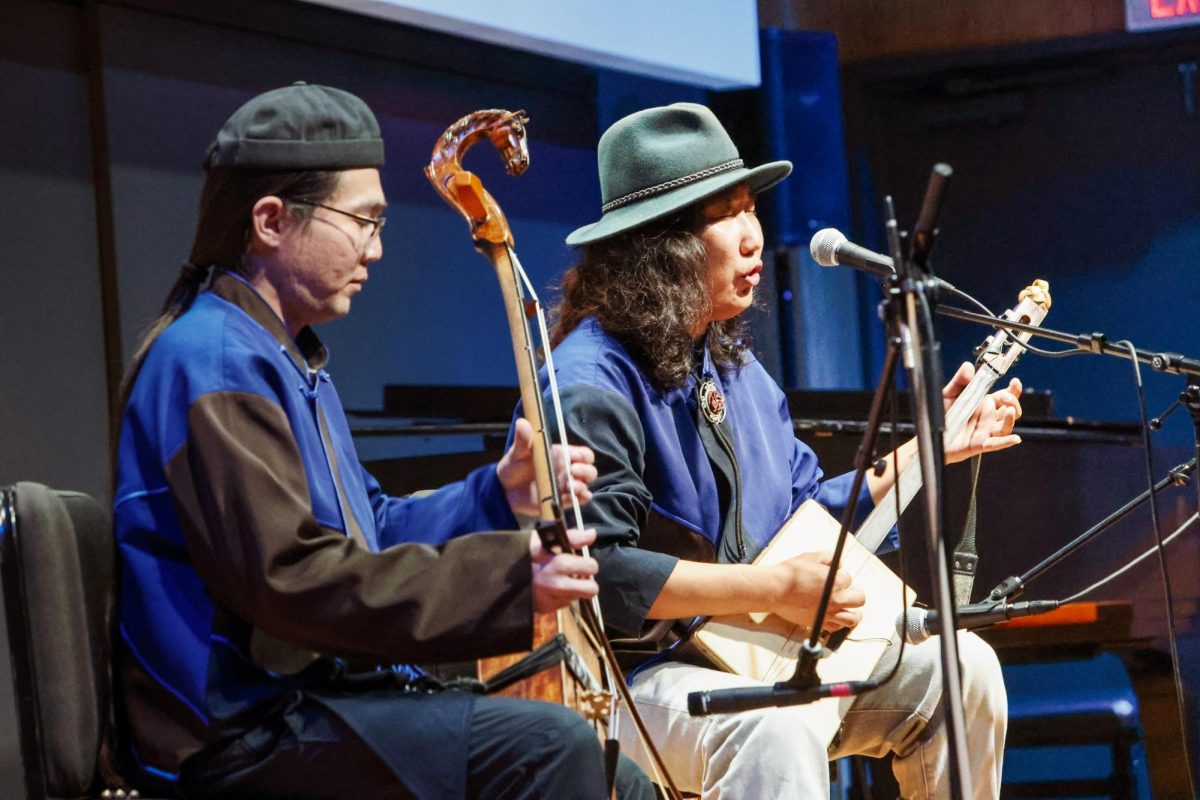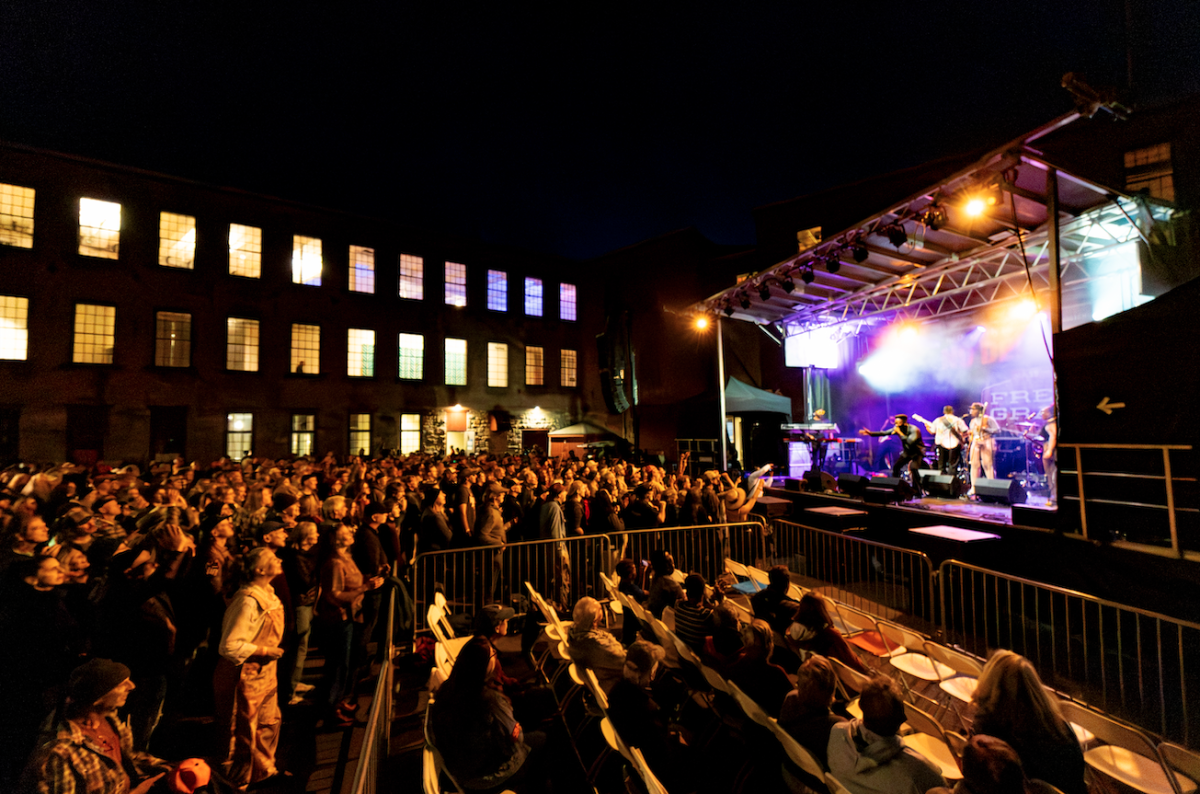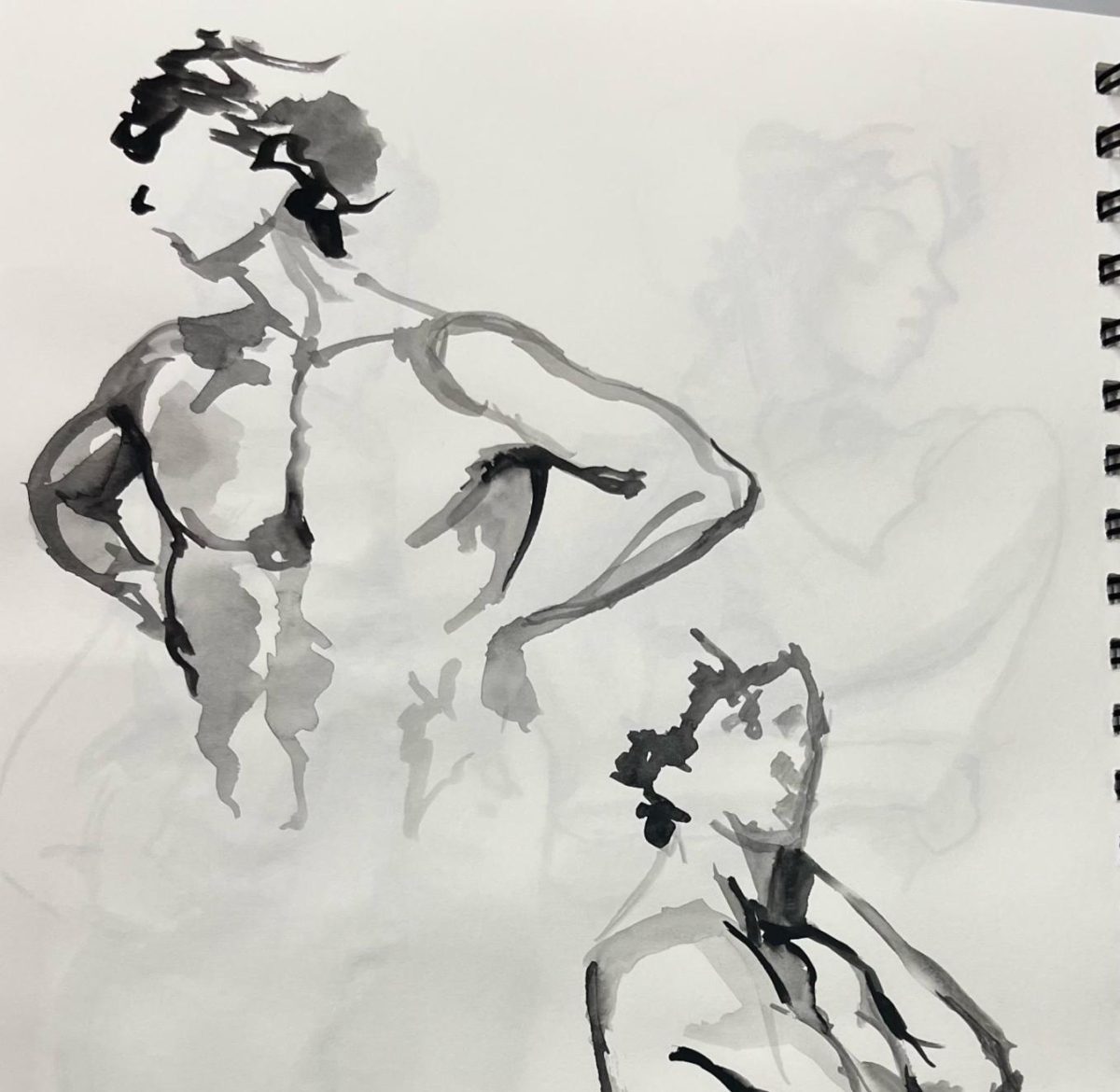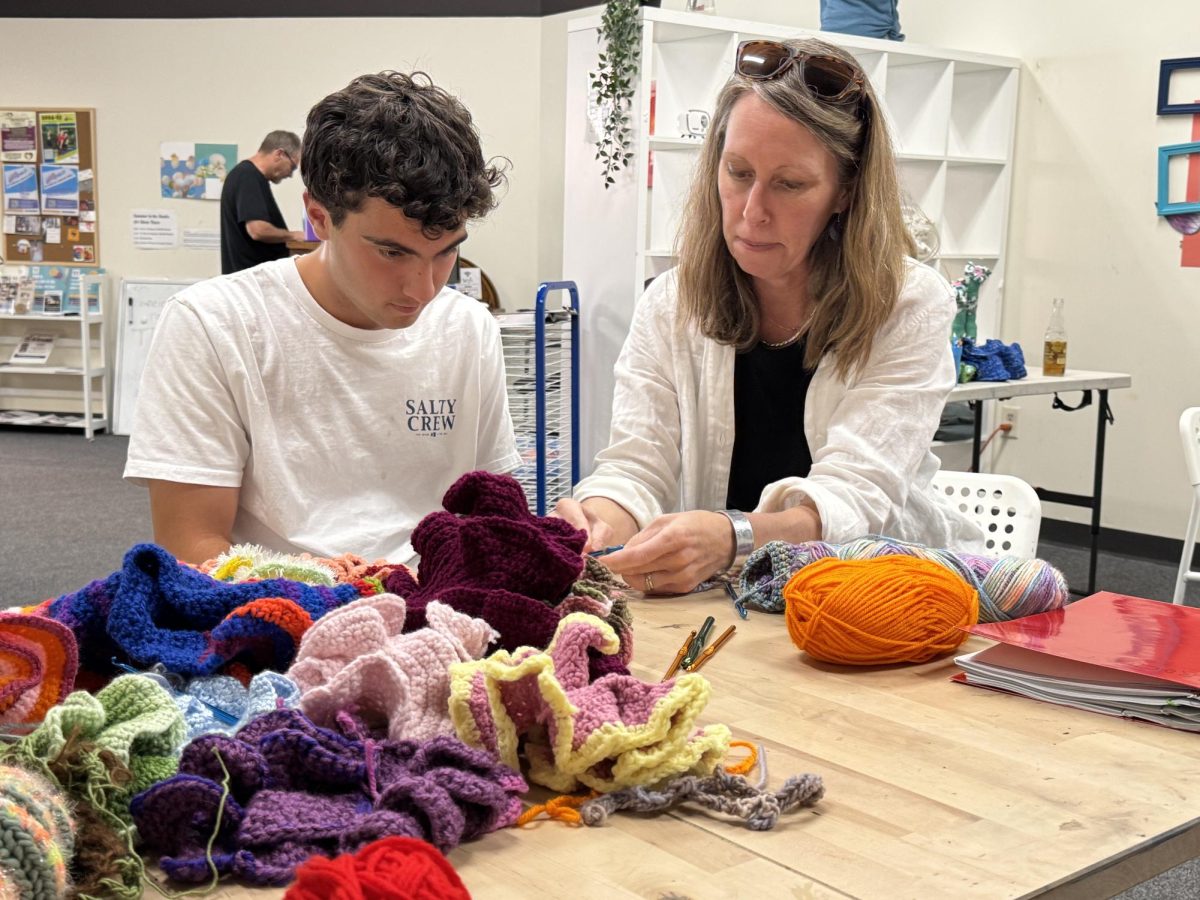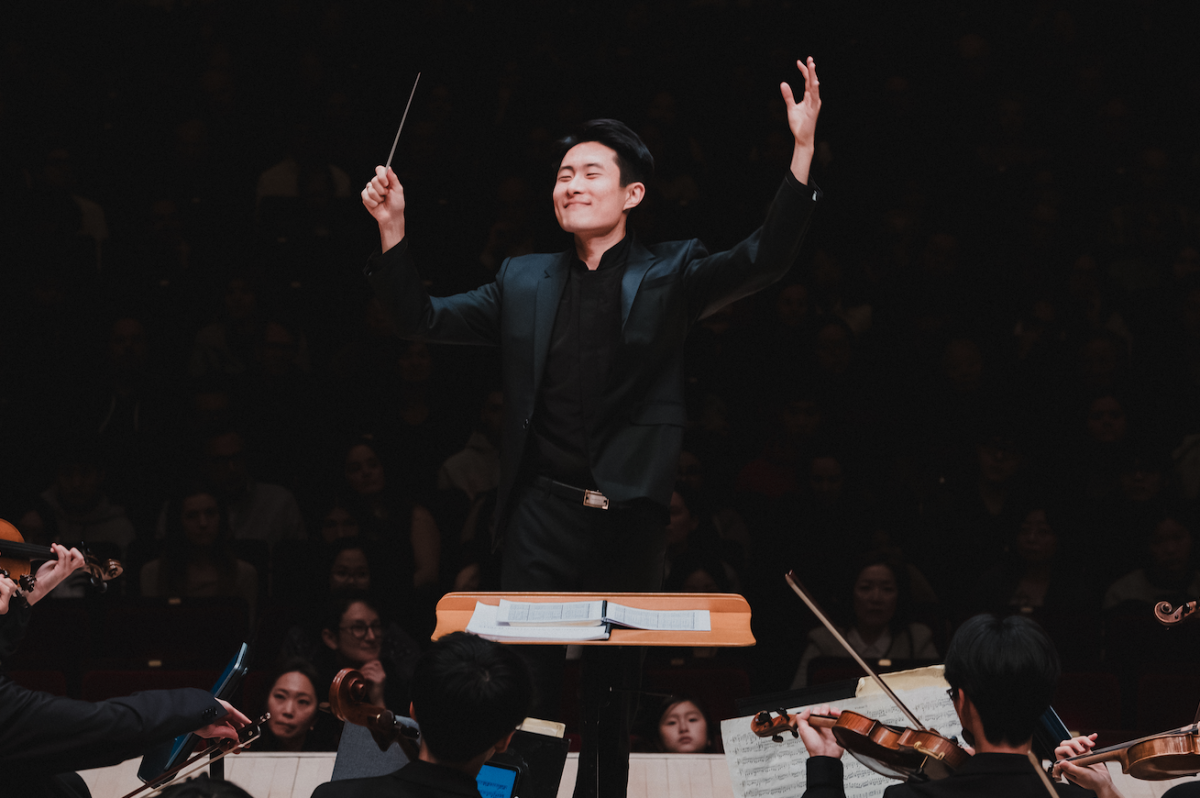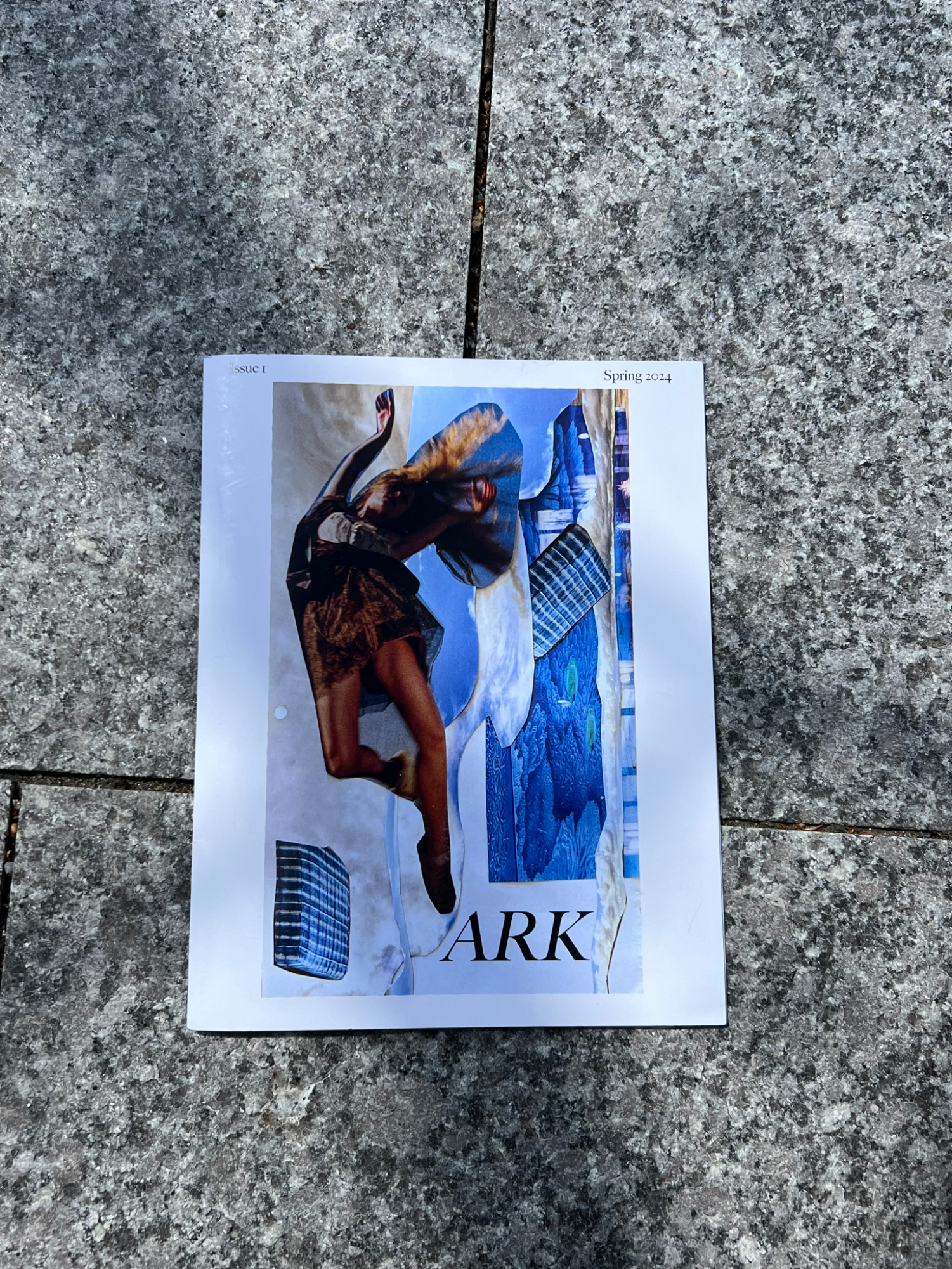
The student art magazine ARK will release its debut issue this evening at Goodrich Coffee Bar. ARK’s founders, Aurora Donohue ’27, Rens Pieters ’27, and Karthik Tambar ’27 have been developing the magazine since the fall semester, through which they aim to create a community for students to collaborate on art projects that bring together different mediums and interests.
The founders wanted to create ARK as a way to compensate for the lack of community-based arts extracurricular activities they noticed at the College when they arrived as first-years. “I think a lot of people work on their own projects, and no one really works together, collaboratively,” Pieters said.
The name ARK, which loosely alludes to both The Clark Art Institute and art more generally, is intentionally undefined and conveys the group’s goal of joining not only all kinds of artists and media but also forms not conventionally understood as artistic, Tambar explained. While the magazine includes everything from creative writing and photography to painting and sculpture, it also makes a space for philosophic and journalistic writing.
“The name sounds like art, but we don’t want to just say ‘art,’ because that’s restricting,” Tambar said.
In the early stages of the project’s development during the fall semester, the founders first took up the unglamorous bureaucratic work, such as applying to become a Registered Student Organization and applying for Facilitators for Allocating Student Taxes (FAST) funding through the College.
Once they secured FAST funding, the trio settled on the theme of the body for their first issue. During the club’s first meeting, they wrote “body” on a white board and let every contributor write a phrase containing the word — such as “body horror,” “body bag,” and “body paragraph.” The exercise allowed them to explore the many directions each collaborative work could take, Pieters said. After this process, they separated into different groups to work on the pieces, planning to meet for regular check-ins and feedback.
The magazine’s collaborative nature is also visible in its “Contributors & Contents” page. According to Tambar, the founders entered the names of all of the magazine’s contributors into a random number generator, which determined the order to which each person would participate in a chain of responses to a relevant artistic work. The first person wrote a short response to artist David Hammons’ body prints, the second would respond to the response, and so on — “kind of like Telephone,” he said.
Even the layout of the magazine was planned collaboratively. They sought to take advantage of the fact that they had no previous issues to which they could refer, allowing them to build the club’s first project from the ground up. “Everyone is really, at least in my sense, equal in the way that the magazine was born,” Pieters said.
Emma Finley-Gillis ’27, one of ARK’s art contributors, echoed these sentiments. “The idea was that everything that was going into the magazine was created for ARK and created for this issue, and it [was] created kind of in lockstep with what everyone else is doing,” they said. “It means that the magazine has a cohesive feeling to it, that just comes about as a natural result of 20 people working together [for] a handful of weeks.”
Donohue echoed this sentiment, reaffirming the magazine’s core goal. “I’d like for ARK to be not just like a place to showcase art and come up with these ideas, but also a community,” she said.
Flipping through the first issue, one of the magazine’s most visually striking pieces is a multimedia collaboration between Alexa Greenberg ’27 and Elizabeth Cheng ’27. The piece consists of distorted and interposed images of Greenberg standing in the snow, donning all black, except her red lipstick and a chunky red bag, overlaid with Cheng’s editing and Greenberg’s writing. “[Cheng] photographed me being edgy in a cemetery,” Greenberg said of the piece. “I was really embarrassed about it, and then I wrote an artist statement about my experience wearing clothes that distorted my body and the gender implications of it. I had fun writing it, and it was interesting to reflect because I don’t do that in my writing a lot, especially for school.”
The founding team has plans to put out a new issue every semester and hopes to add new sections to the magazine, such as a community engagement section with interviews about people’s outfits. The group also hopes to invite professors to collaborate with students for future issues and anticipates a surge in club interest after its first release.
The collaborative model that ARK proposes has been emboldening for a lot of its contributors. “With everyone being so excited about contributing, it makes it a lot easier to be motivated to work on something like this,” Finley-Gillis said. “It was really energizing, so I was happy to put in as much of myself as I could.”
“Pull up: Wednesday, 8 p.m., Goodrich,” Greenberg said. “We have a tab.”




